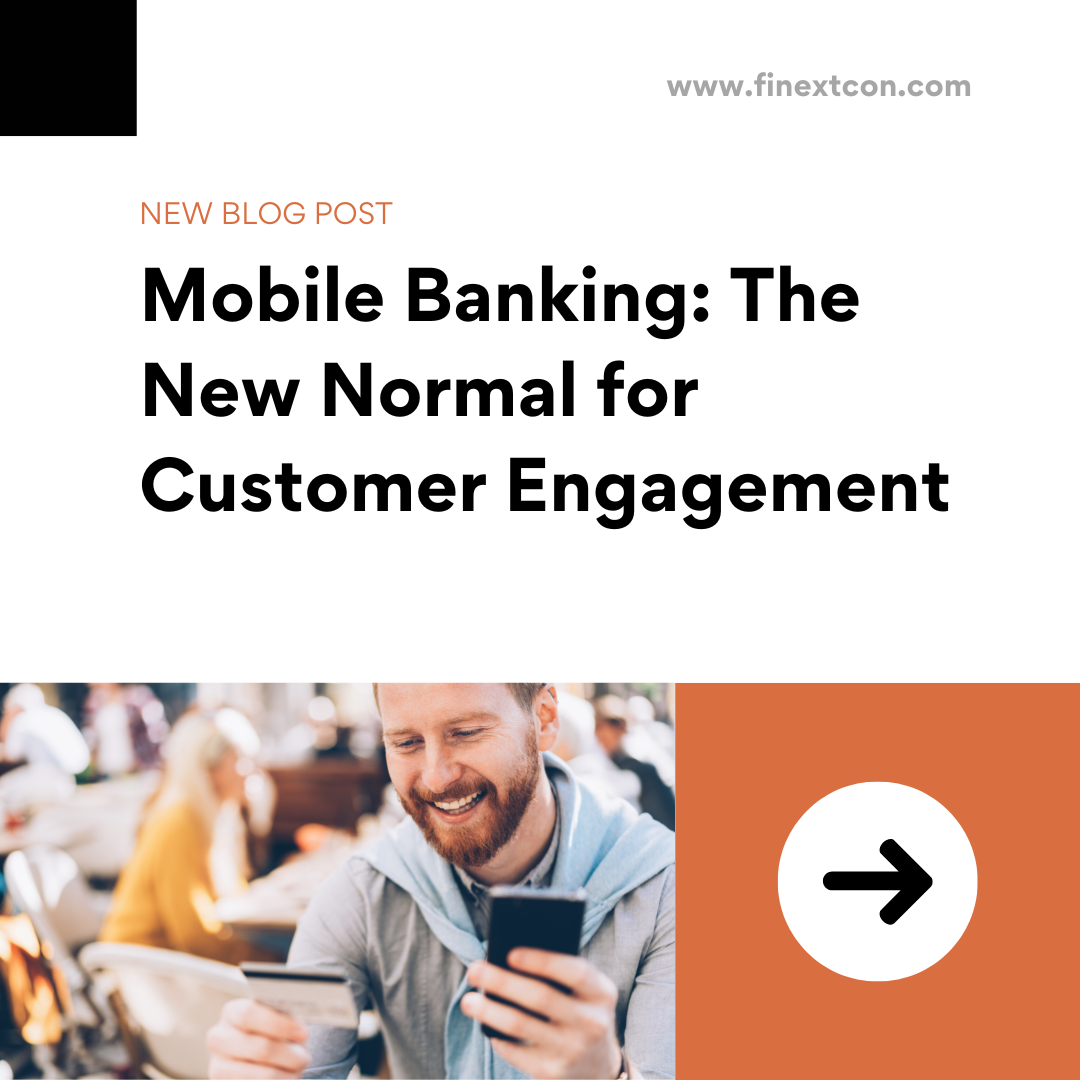In today’s fast-paced world, where convenience and speed are paramount, mobile banking has emerged as a game-changer in the financial sector. With the rise of smartphones and the increasing reliance on digital services, mobile banking has become the new normal for customer engagement. This blog explores the transformative impact of mobile banking, its benefits, and how it is reshaping the relationship between banks and their customers. The Evolution of Mobile Banking Mobile banking has evolved rapidly over the past decade. Initially, it started as a simple extension of online banking, offering basic services like checking account balances and transferring funds. However, advancements in technology and the growing expectations of tech-savvy consumers have driven banks to innovate and expand their mobile offerings. Today, mobile banking apps provide a comprehensive suite of services, including bill payments, loan applications, investment tracking, and even personalized financial advice. These apps have become a one-stop solution for managing finances, making it easier than ever for customers to access and control their money. Benefits of Mobile Banking 1. Convenience One of the most significant advantages of mobile banking is the convenience it offers. Customers can perform a wide range of banking activities from the comfort of their homes or on the go. Whether it’s transferring money, paying bills, or checking account balances, everything is just a few taps away. This level of accessibility saves time and eliminates the need for physical visits to the bank. 2. Real-Time Notifications Mobile banking apps provide real-time notifications, keeping customers informed about their account activities. Whether it’s a transaction alert, a low balance notification, or a reminder to pay a bill, these alerts help customers stay on top of their finances. This instant communication enhances transparency and reduces the risk of fraud. 3. Enhanced Security Security is a top priority for mobile banking. Banks invest heavily in advanced security measures to protect customer data and transactions. Features like biometric authentication, multi-factor authentication, and encryption ensure that customer information remains secure. Additionally, the ability to instantly freeze a lost or stolen card through the app adds an extra layer of protection. 4. Personalization Mobile banking apps leverage data analytics to offer personalized experiences to customers. By analyzing spending patterns and financial behavior, banks can provide tailored recommendations and insights. For instance, customers may receive suggestions on saving money, investment opportunities, or customized loan offers. This level of personalization enhances customer satisfaction and loyalty. 5. Financial Inclusion Mobile banking has played a crucial role in promoting financial inclusion. It has brought banking services to underserved and remote areas, where traditional brick-and-mortar banks may not have a presence. With just a smartphone and internet connectivity, individuals in these regions can access banking services, empowering them to participate in the formal financial system. Impact on Customer Engagement Mobile banking has fundamentally changed the way banks engage with their customers. Here are a few key ways in which it has reshaped customer engagement: 1. 24/7 Availability Unlike traditional banking, which operates within fixed hours, mobile banking… Continue Reading Mobile Banking: The New Normal for Customer Engagement
